

From the outset of the war between Israel and Hamas, the prospect of escalation into a regional war has been ever-present. Tensions ran high in April 2024 as Israel and Iran launched limited attacks on one another. The prospect of the situation spilling over into a full-blown conflict alarmed analysts but seems to have cooled for the time being. The two nations remain at odds and the brinkmanship seen in April could so easily rear its head once more.
This article will explore the implications of a conflict between Israel and Iran. The current strategic picture, comparisons between the two adversaries, and the likelihood of intervention will be considered along with the economic and political impact.
Why This Matters
While the immediate risk of a regional war appears to have subsided after the April attacks, it is a scenario that can never be fully ruled out. Understanding what’s at stake, what each side has to lose, and the implications for the wider world is important.
The Geopolitical Picture
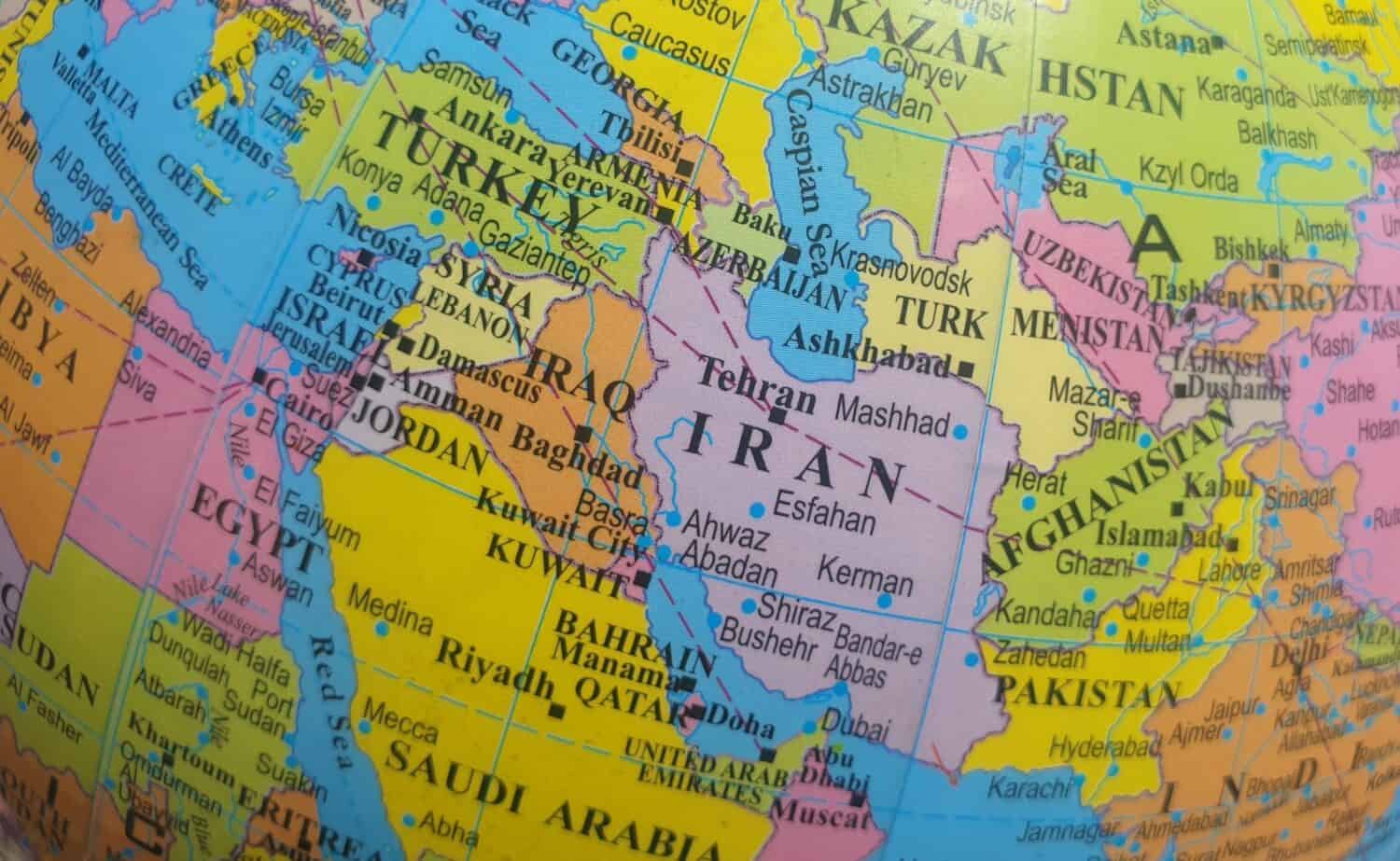
The briefest glance at a map will show that this war won’t be fought on the ground. At least not directly. Passing through Syria, Jordan, and Iraq is not on the cards for either side. Instead, this will be a conflict fought by aircraft, artillery, ground-based missiles, and proxy forces. While a ground invasion will be avoided, both sides can inflict enormous harm on one another.
Israel
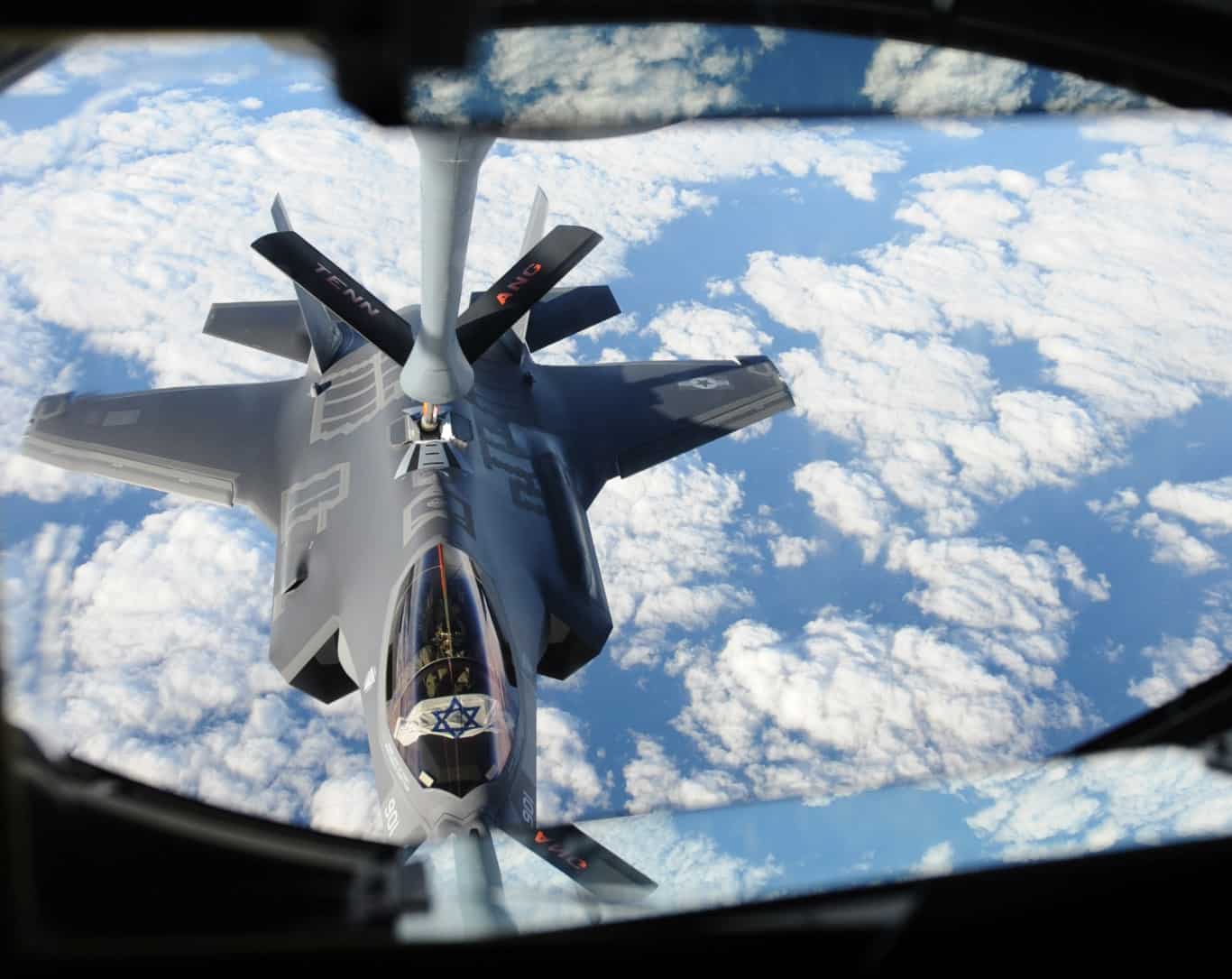
The Israeli Defense Force (IDF) is one of the best-equipped militaries in the world. What it lacks in overall size – just 169,500 active personnel and 456,000 reservists – it makes up for in modern firepower. Heavily backed by the United States, the IDF deploys many advanced armored vehicles, jets, and helicopters.
The April 19th attack already showed Israel’s ability to project force deep into Iranian territory. If the gloves were to come off, the Israeli air force would outclass its Iranian counterpart and inflict major damage on its air defenses and infrastructure. The Israelis would likely utilize cyberwarfare against Iran. They already did so alongside the United States back in 2007 to disable Iran’s nuclear program. Stuxnet struck Iran’s uranium enrichment facility in Natanz.
Israel’s air defensive capabilities are formidable. The Iron Dome was developed after 2006 to track, intercept, and destroy incoming rockets. The military claims the dome has a 90% success rate and civilian casualties in the current war would have been much higher without it. Iran’s attacks on April 13-14 had little impact because of it. It remains to be seen how effective the dome would be if it were overwhelmed by swarms of Iranian drones and Hezbollah rockets.
Israel’s nuclear capability is an open secret. While Tel Aviv has never admitted to having nuclear weapons, they are widely believed to have around 90 warheads. The so-called Samson Option refers to a scenario where Israel is on the brink of destruction and uses nuclear weapons as a last resort. The name refers to the gory end of the Israelite judge Samson. It’s highly unlikely a war between Israel and Iran would lead to such drastic measures.
Iran
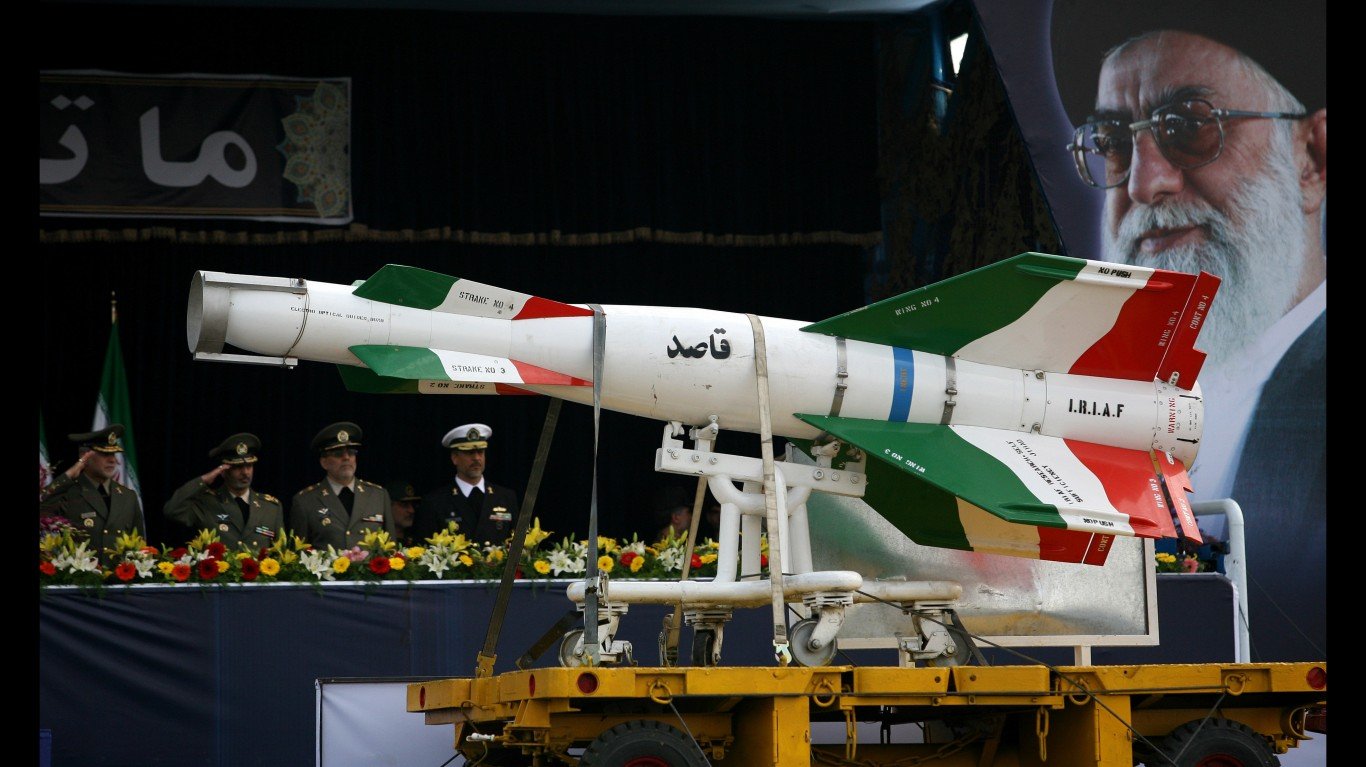
Iran has a much larger population than Israel to draw from. Estimates of Iran’s military strength vary, the Global Firepower Index places Iran just above Israel in its 2024 rankings. Iran’s air force still uses the F-14s purchased from the United States in 1974. An order of modern Russian jets may close the gap but the prospect of Iranian planes threatening Israel is remote. In a war with Israel, the most viable of its aging aircraft would be purely defensive.
Iran’s air defenses are more formidable and Tehran unveiled new locally-made air defenses in February 2024. In addition, Iran has stockpiles of missiles and a large fleet of cheap kamikaze drones. These one-shot devices cost just $20,000 to build and have been used by the Russians in Ukraine. In sufficient numbers, they could overwhelm Israel’s more technologically advanced air defenses.
The other major aspect of a potential war with Israel is Iran’s network of regional proxies. For years, Tehran has supported militias opposed to Israel across the Middle East. As well as Hamas, Iran supports Hezbollah in Lebanon, the Houthis in Yemen, and several groups in Syria and Iraq. The harm these groups could do in a full-blown war would be considerable.
Nuclear Weapons
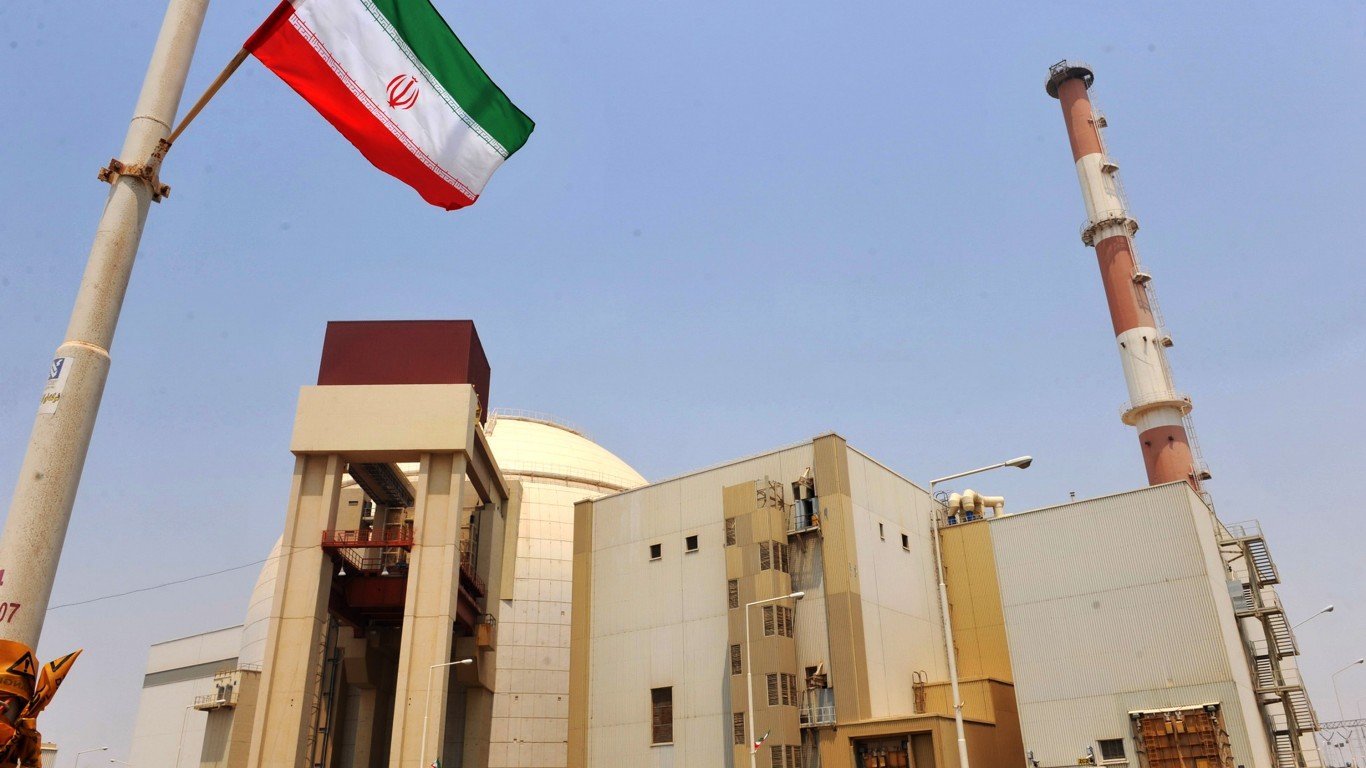
Iran’s nuclear ambitions have been a cause for alarm in the Western world for decades. A diplomatic solution appeared to be reached when the Obama administration reached an agreement with Tehran. The Joint Comprehensive Plan of Action (JPCOA) was supposed to restrict its nuclear program and open up for inspections in exchange for lifting sanctions. The Trump administration pulled out of the compact in 2018. Attempts to revive the deal have fallen flat and Iran has accelerated its nuclear program. While Iran still maintains it has no plans to develop nuclear weapons, comments from Kamal Kharrazi state Iran will alter its doctrine if its existence is threatened.
Iran’s current nuclear status is unclear and it is that ambiguity that likely rules out an Israeli preemptive strike on Iranian nuclear facilities. Equally, that uncertainty may be a limiting factor in a potential conflict and, in the best-case scenario, prevent direct attacks on cities.
The United States

The current war in Gaza has ignited a wave of protests across college campuses in the United States. Opinion polls show a generational shift in American attitudes towards Israel. Congress skews much older and more conservative than the general population and support for Israel is still a largely bipartisan position. There is little doubt that the United States would back Israel in a war with Iran. The only question is the extent of that support.
The United States would almost certainly agree to send arms to Israel as it already has in the war with Hamas. It is unlikely an aid package would encounter any serious resistance in Congress. This may also unlock more aid to Ukraine and possibly Taiwan.
Aside from arms, the United States would provide aerial and naval support in the region. Air bases in Iraq, Kuwait, Qatar, Saudi Arabia, and Oman are all within striking distance of Iran. However, American forces in those bases don’t have carte blanche to carry out offensive operations. As they would be a target for Iranian drones and ground-based missiles, those host nations might prohibit American planes from flying sorties over Iran.
As mentioned earlier, Iran’s air defenses are formidable. This would not be another Desert Storm. While they would still be unlikely to withstand the full force of the US Air Force, disabling them would take months. The American public has limited patience for protracted warfare and even less for serious casualties if not combined with success. A full invasion and long-term occupation of Iran is out of the question but without boots on the ground, a decisive outcome will be difficult to achieve. American involvement in a conflict with Iran is inevitable but will be deeply unpopular and the longer the war drags, the weaker public support will become.
Saudi Arabia

A key player in the region. Saudi Arabia has a great deal to lose in the event of a regional war. The kingdom is currently undergoing major social and economic reforms. Vision 2030 is the pet project of Crown Prince Mohammed bin Salman. One of the cornerstones of this project is stability in the region.
Israel and Saudi Arabia have expressed interest in normalizing relations but the war in Gaza has been a major sticking point in talks. Further complicating matters, Saudi public opinion is firmly against establishing ties with Israel. If a war with Iran were to break out, Saudi Arabia could play an important in brokering a peace deal. It is unlikely the kingdom will play an active role in the conflict, even if the US intervenes.
China

The Chinese response to the war between Hamas and Israel has been quiet. While Beijing has limited interest in the conflict in Gaza, that would change if Iran got involved. The vast majority of Iranian petroleum exports go to China. The United States has targeted Iranian exports to China in its latest round of sanctions against Iran. Such measures tend to be difficult to enforce, as the attempts to curb Russian oil exports have shown.
China’s leverage over Iran could be a key point in mediating a conflict. Beijing brokered a trilateral agreement with Iran and Saudi Arabia in May 2023, reopening relations between Riyadh and Tehran. Heavily dependent on oil imports from the Middle East, it’s not difficult to discern Beijing’s angle in the deal.
It is also possible, but not terribly likely, that a protracted war in the Middle East and an overextended United States could present a golden opportunity to move on Taiwan.
The Economic Impact
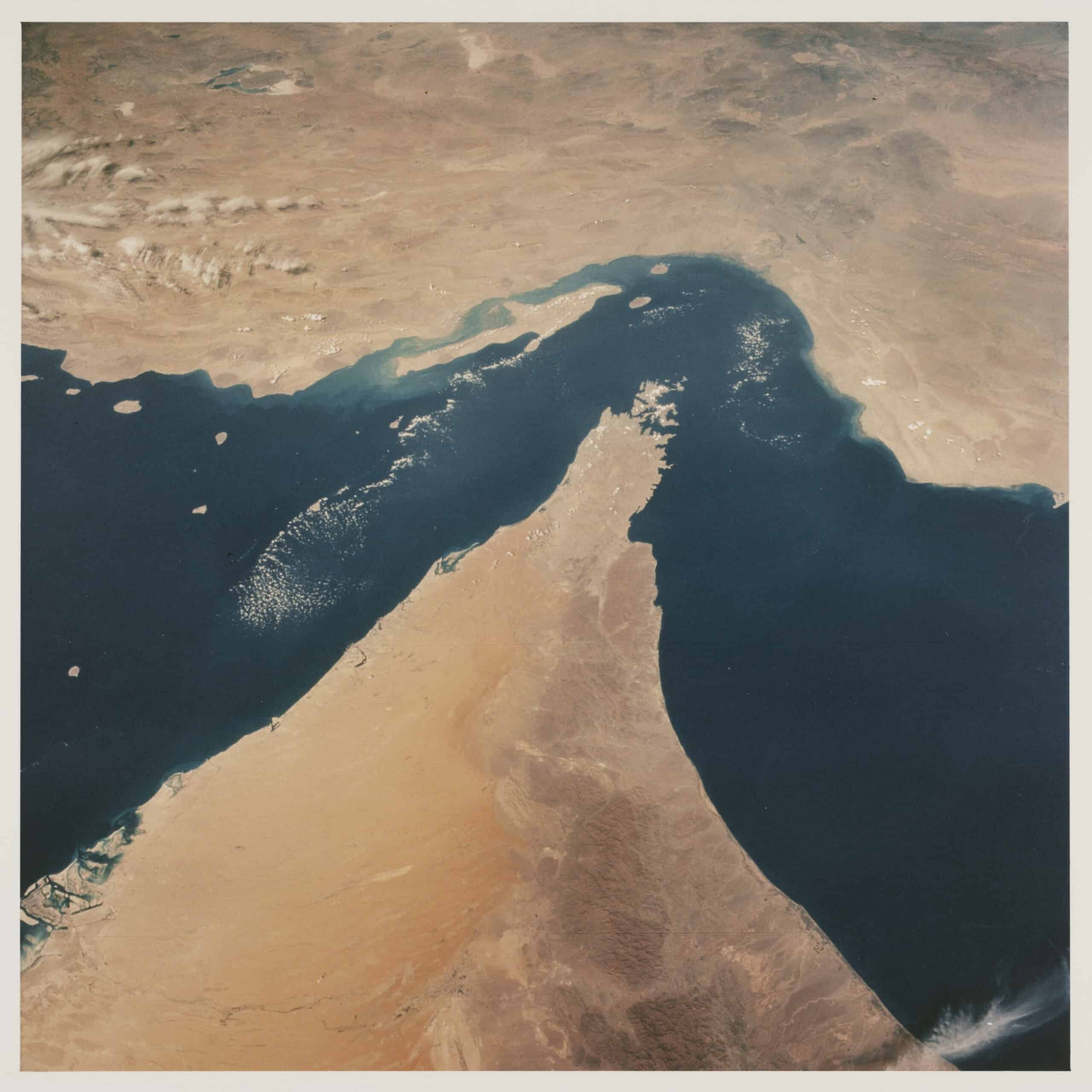
The ongoing conflict between Israel and Hamas has had little impact on oil prices. After a slight rise in the opening, the price has stabilized and shows little sign of movement. A regional war would change this scenario quite dramatically.
Two key chokepoints on either side of the Arabian peninsula would come into play. The first is the Strait of Hormuz. Around 30% of the world’s maritime oil trade passes through this narrow stretch of water between Iran and Oman. The impact on the world’s oil supply would be catastrophic in the short term. Saudi Arabia and the UAE have constructed a pipeline to bypass Hormuz but with limited capacity.
Across the peninsula, the Red Sea hardly offers safe passage for oil tankers. The Houthis, a Yemen-based rebel group with ties to Iran, have attacked the passage. On February 4, 2024, the US and UK launched strikes against the Houthis. A regional war would likely see renewed attacks on Red Sea shipping lanes and major delays.
Historically, oil price shocks caused by geopolitical events tend to be short-lived. However, in the event of US intervention, those disruptions could last months.
Conclusion
There is little doubt that an open war between Israel and Iran would be catastrophic and with wide-ranging consequences. In the best-case scenario, the conflict would be limited and centered around military targets away from populated centers. As for the worst-case scenario, the nightmare prospect of a nuclear war virtually speaks for itself.
Israel enjoys a technological edge and the support of the United States. Iran has a larger army and a well-developed air defense system, and its sheer size makes it difficult to overcome quickly. American involvement is certain but that intervention would exacerbate deep political divides within the United States. Economically, the potential conflict could hardly occur in a worse region – the Red Sea and Hormuz are well within striking distance of Iran and its proxies. Other powers have a vested interest in the region but will act as mediating influences rather than participating in the conflict.
Fortunately, war between Israel and Iran currently appears to be unlikely. However, so as the war on Gaza continues, the risk of an incident igniting a wider regional conflict remains. It is a danger that must be taken seriously and avoided by the international community.
Take This Retirement Quiz To Get Matched With An Advisor Now (Sponsored)
Are you ready for retirement? Planning for retirement can be overwhelming, that’s why it could be a good idea to speak to a fiduciary financial advisor about your goals today.
Start by taking this retirement quiz right here from SmartAsset that will match you with up to 3 financial advisors that serve your area and beyond in 5 minutes. Smart Asset is now matching over 50,000 people a month.
Click here now to get started.
Thank you for reading! Have some feedback for us?
Contact the 24/7 Wall St. editorial team.